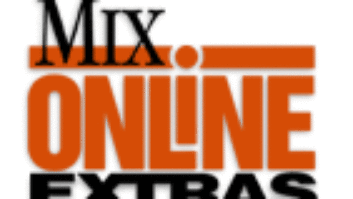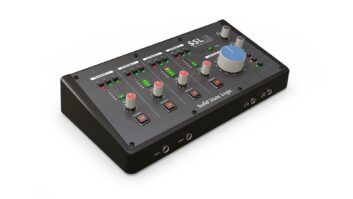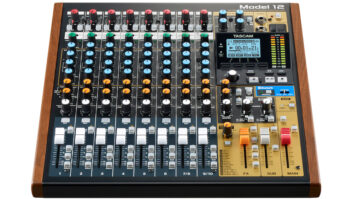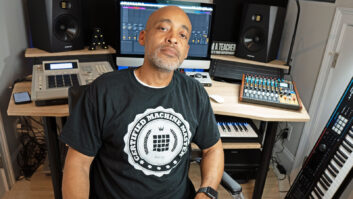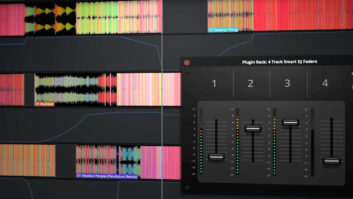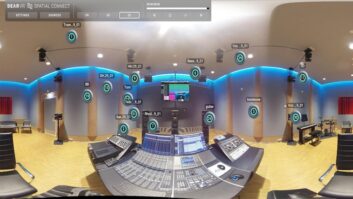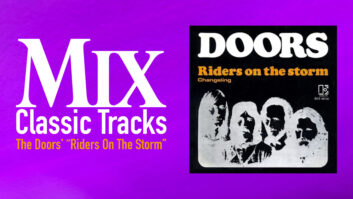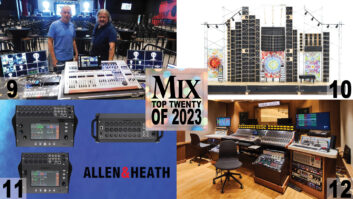Craig Anderton

In 2005, I wrote a PSN column called “The Calm Before the Storm.” The premise was that while people were saying that software technology had hit a plateau, I felt future technological advances would create another leap in software form and function. And thanks to multi-core processing, cheap memory and insanely inexpensive storage, what today’s software can do is light years ahead of what it could do 12 years ago.
I think we’re in a similar situation now, because again, people are saying we’ve hit a plateau. And if you look at “new product” introductions at trade shows, often they’re more about reminding people of what was a new product a couple of trade shows ago. But as Yoda said, “Always in motion is the future”—and it’s going to get interesting. Here’s what to expect, bearing in mind that some of this involves good news/bad news scenarios.
“APPROVED” HARDWARE WILL BECOME NOT JUST THE NORM, BUT MANDATORY
In July’s PC World, Mark Hachman wrote about Microsoft’s announcement that older hardware may no longer be able to run updates to Windows 10. Well…welcome to the world of the Mac. As he notes, “Conceivably, any ‘device’—microprocessor, hard drive, network controller, sound card, headphones, monitor and more—that a manufacturer discontinues or fails to actively support could drop out of Windows updates. While this would certainly encourage new PC and hardware purchases, it would also infuriate millions of PC users whose otherwise-functional legacy devices fell by the wayside.”
Some people have interpreted Microsoft’s statement that “If a hardware partner stops supporting a given device or one of its key components and stops providing driver updates, firmware updates or fixes, it may mean that device will not be able to properly run a future Windows 10 feature update” as meaning that if you try to use some audio interface driver that hasn’t been updated, you won’t be able to update Windows. I doubt that; it’s more likely that Windows won’t be granular enough to stop updating because you’re using an older audio interface, but will concern itself mostly with chipsets and memory.
This approach has served the Mac well, and is one of the reasons Apple can claim with some justification that “it just works.” For streaming audio and video, software programs are more dependent than ever on the hardware and operating system. As Microsoft pivots from being a software company to a cloud-based services company with a significant hardware business, it’s taking a page from the Mac playbook, and I anticipate the same results: You’ll need to update your hardware more frequently in return for a better user experience.
MIDI ADVANCES
As mentioned in previous columns, there’s a lot brewing with the MIDI spec. Although these advances are designed not to obsolete older gear, and the changes will probably take a couple years to become commonplace, you’ll be able to do much more (and do so more expressively) with controllers and MIDI-based systems. MPE (MIDI Polyphonic Expression) is the tip of this particular iceberg, and a good harbinger of what’s to come. However, the implications for the music business itself could go ever further. Just as rock and roll elevated the guitar to a whole other plane and created a new style of music that caught the public’s attention, new instruments may also inspire new forms of music. Rock and roll is well over half a century old, with hip-hop not far behind and EDM hitting the three-decade mark. I suspect we’ll find out what’s next within a few years.
ARTIFICIAL INTELLIGENCE
A common complaint about DAWs and today’s technology-based recording process in general is that they’re too complex (although re-lapping tape heads, rewiring patch bays and learning swarms of rack gear wasn’t exactly easy). However, the same changes Amazon Echo/Alexa devices and Siri are bringing to consumers will have a place in the studio. Someone getting started can ask “How can I set up a track to record?” and the program itself will have an answer, while advanced users can ask “How can I add a console emulation plug-in to every track simultaneously” and find out. Think of it as internet search functions taken to the next level, with a knowledge base living in the cloud coupled to speech recognition. Of course, advertising will likely follow and the answer might be “Your program can’t do this, but one that does is currently on sale for $399.” As I said…some of these are good news, bad news scenarios!
Visit author/musician Craig Anderton’s web site at craiganderton.com, and hear his latest music at youtube.com/thecraiganderton.
